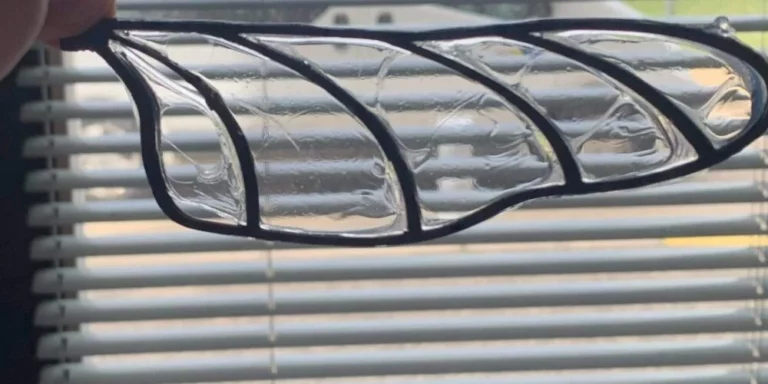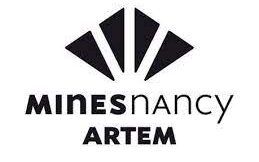
Bio sourced wing
Nicolas Durey (n19)
Le projet était de fabriquer des ailes de drone inspiré des libellules, aux ailes bio sourcées (fabriquées à partir de matériaux naturels et biologiques). Pour celà, nous avons fabriqué une armature en PLA (dérivé du maïs) par impression 3D. Pour remplir l’aile, nous avons inventé un plastique à base d’algues. Ce matériaux est un polymère bio sourcé et biocompatible. Il est même comestible et biodégradable ! Il est ultra fin ce qui permet d’avoir une aile légère et résistante.


Polypropylene
Arnaud lafouge (n19)
Dans le cadre de notre projet industrie pour la société d’injection plastique Mil Plast, nous avons étudié les biocomposites. Il s’agit de composites avec une matrice en Polypropylène renforcée en vibre végétales. Nous avons caractérisé mécaniquement ces matériaux en réalisant des essais de vidéo traction et d’analyse mécanique dynamique (DMA) à l’Institut Jean Lamour.


Copper iodide
Corentin Aulagnet (N19)
Mon projet recherche a porté sur l’iodure de cuivre (CuI) en couche mince (environ 400nm d’épaisseur). C’est un TCF (Transparent Conducting Film), c’est aussi un semi-conducteur dégénéré de type-p. Ce matériau est très prometteur pour des applications dites d’optoélectroniques comme le solaire photovoltaïque dans le lequel il pourrait servir d’électrode transparente mais aussi dans l’électronique par exemple pour faire des téléphones transparents.
Badeker détails ) mais commence seulement à faire vraiment parler de lui depuis les années 1990. Il reste beaucoup de chose à comprendre sur ce matériau, notamment sur sa croissance. J’ai étudié ce matériau sous la tutelle de Jean-François PIERSON à l’IJL dans l’équipe 202.


Siberian signet ring study
Grégoire délizy (n19)
Le caractère remarquable réside moins dans le matériau lui même que dans son origine : j’ai eu l’occasion lors de mon projet de département de me pencher sur un ensemble de bagues chevalières issues de fouilles archéologiques menées sur des tombes en Yakoutie, région de Sibérie orientale dans laquelle le sol est gelé la majorité de l’année.
En plus des études type ingénieur « classiques » que j’ai pu réaliser, ce projet illustre parfaitement la diversité des débouchés et applications possibles à l’aide de la formation au dep Matériaux ; et particulièrement le contraste entre matériaux d’histoires comme ces chevalières et matériaux de pointes au cœur des problématiques de développement actuelles : microélectronique, matériaux à hautes valeurs ajoutées …

